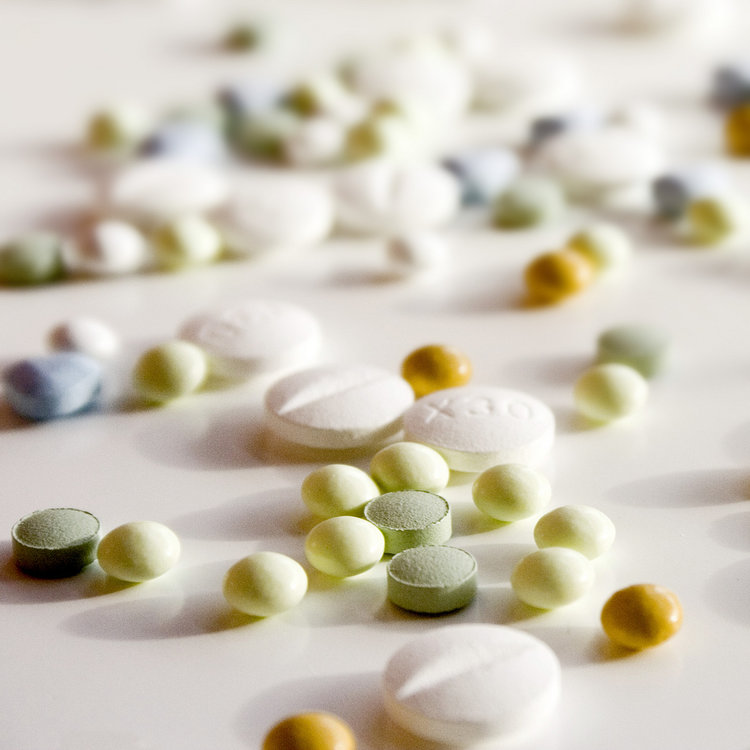Information for Adults, Parents & Guardians
The West Virginia Youth Summit on Opioid Awareness aims to promote healthy choices and educate students about the dangers of opioid use. We encourage parents to utilize the resource links below and learn more about this growing epidemic.
View the If Only Movie Trailer
Facts about Opioids
West Virginia has the highest rate of opioid related deaths in the nation.
1 in 10 people in West Virginia battle with addiction.**
53% of nonmedical users (12 years or older) reported receiving the prescription drugs they most recently used “from a friend or relative for free.”***
In the United States, at least half of all opioid related deaths involve a prescription opioid.
In 2015 in the United States, 276,000 adolescents (12 to 17 years old) were current nonmedical users of pain reliever, with 122,000 having an addiction to prescription pain relievers.*
In 2015, an estimated 21,000 adolescents in the United States had used heroin in the past year, and an estimated 5,000 were current heroin users. Additionally, an estimated 6,000 adolescents had heroin a heroin use disorder in 2014.*
People often share their unused pain relievers, unaware of the dangers of nonmedical opioid use. Most adolescents who misuse prescription pain relievers are given them for free by a friend or relative.*
The prescribing rates for prescription opioids among adolescents and young adults in the United States nearly doubled from 1994 to 2007. *
*American Society of Addiction Medicine: Opioid Addiction 2016 Facts and Figures
** DEA 360 sourced from West Virginia Health Statistics Center, Vital Statistics System, Drug Overdose Database, March 20, 2017.
***DEA 360 sourced from Prescription Drug Use and Misuse in the United States: Results from the 2015 National Survey on Drug Use and Health, September 2016
Know the Signs
Many parents are often reluctant to believe that their children may misuse or develop an addiction to prescription opioids. But anyone who experiments with these powerful medications is at risk for negative consequences, including overdose and addiction.
Signs your child may be abusing or misusing opioids:
Pills or medication bottles are missing from your home
Taking medication in excess of how it has been prescribed
Abrupt changes in their finances
Dramatic mood changes
Lower grades, changes in friends, or changes in sleep or appetite
Loss of concern about appearance
Physical signs such as fatigue, confusion, weight loss, slurred speech, dizziness and changes in pupil size
SOURCE: MA DPH, Tips for Protecting Your Kids Against Addiction
How prescription drugs are misused:
Taking someone else’s prescription medication. Even when someone takes another person’s medication for its intended purposes (such as to relieve pain, to stay awake, or to fall asleep) it is considered misuse.
Taking a prescription medication in a way other than prescribed. Taking your own prescription in a way that it is not meant to be taken is also misuse. This includes taking more of the medication than prescribed or changing its form—for example, breaking or crushing a pill or capsule and then snorting the powder.
Taking a prescription medication to get high. Some types of prescription drugs also can produce pleasurable effects or “highs.” Taking the medication only for the purpose of getting high is considered prescription drug misuse.
Mixing it with other drugs. In some cases, if you mix your prescription drug with alcohol and certain other drugs, it is considered misuse and it can be dangerous.
SOURCE: National Institute on Drug Abuse for Teens
Resources for More Information
Prevention
West Virginia Department of Health and Human Services, GET HELP NOW
Substance Abuse and Mental Health Services Administration (SAMHSA) National Helpline (24/7 support):
1-800-662-HELP (4357)Girls and Boys Town National Hotline
1-800-448-3000 24 Hours/ 7 Days A Week
Intervention/Treatment
Office of the West Virginia Attorney General, Patrick Morrisey - Substance Abuse Treatment Centers
Substance Abuse and Mental Health Services Administration (SAMHSA) National Hotline (24/7 support):
1-800-662-HELP (4357) and Treatment Locator
Information About Addiction and Drug Prevention











